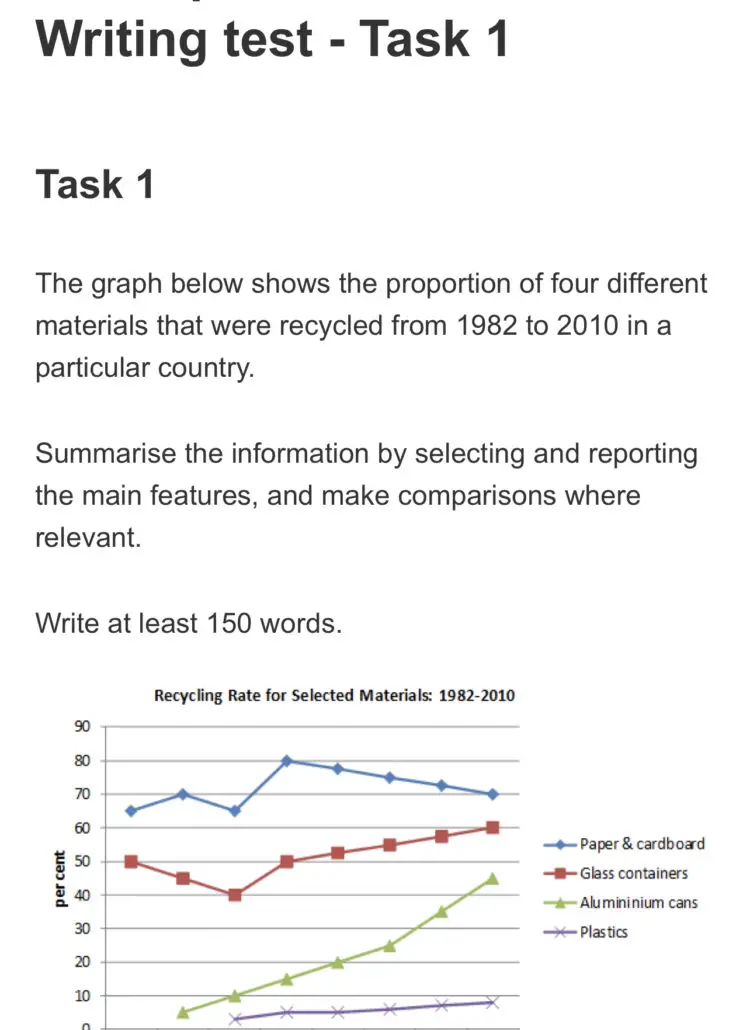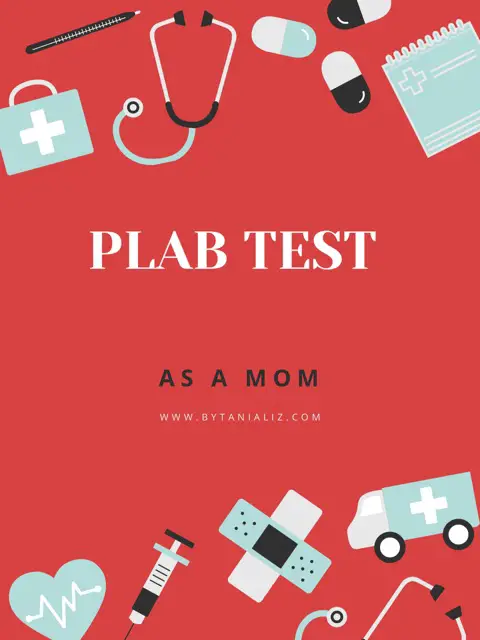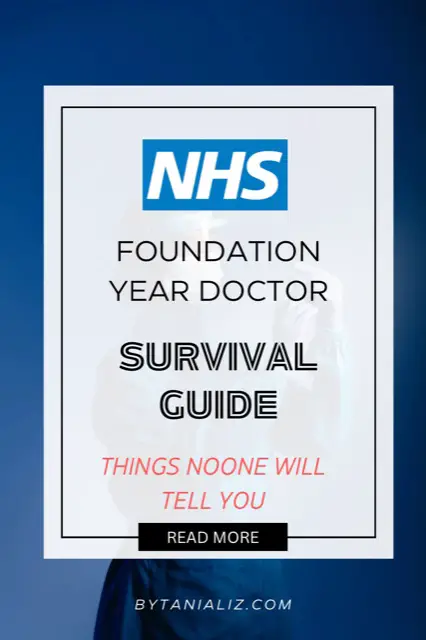
Welcome to the Foundation Doctor Survival Guide, your essential companion as you embark on your journey as a newly qualified doctor within the National Health Service (NHS). Congratulations on reaching this significant milestone in your medical career! The foundation years can be both exhilarating and challenging, filled with valuable learning opportunities and intense responsibilities. This guide is designed to provide you with practical advice, valuable insights, and essential tips to help you navigate through the complexities of your role, deliver high-quality patient care, and maintain your well-being throughout this demanding but rewarding phase of your medical training. So, fasten your seatbelt and let’s embark on this exciting adventure together, armed with the knowledge and skills to excel as a foundation doctor in the NHS.
Here are a few points to note as you start your journey at NHS as a foundation year Doctor :
- There will be many Different applications systems that you will have to use on the daily for patient care. For example : an application for medicine prescription, another one for ordering scans and blood tests, a different one for viewing the scans. So write down your passwords and username for each of the applications. This is especially handy if you are returning after a long leave.
2) This one will be on how not to piss the nurse off. When you are accessing the medicine chart on the computer, sometimes a screen pops up saying that someone else is viewing the chart of a patient that you are trying to access and you can’t proceed further. However, You will see a button at the bottom of that pop up, asking if you want to over ride to continue accessing. Before you do this, it will be nice to find out who is viewing the chart; it could be a nurse, physiotherapist, occupational therapist, pharmacist or another doctor. The nurse could be in between calculating/ administering doses and would lose access to the chart, if you use that “over ride” command. It will be helpful to go over to them and ask if you could access the medical chart.
3) Handover print outs– Out of courtesy, the first doctor to arrive on the ward will have to print out the hand over sheets for all the other doctors and a few extra for the auxiliary staff.
4) EWS scoring – This is one of the first thing you will probably observe and record in your patients file before the morning rounds. The degree of clinical deterioration can be most accurately predicted by the patients’ vital signs. The Early Warning Score (EWS)is simply a medical guide to quickly evaluate the level of a patient’s clinical status . It includes; body temperature, Heart rate, Respiratory rate, Blood oxygen saturation, Blood pressure (systolic), Level of consciousness.The EWS itself is then classified mainly into three clinical trigger levels: low (1-4), medium (5-6) and high risk (7 or more). For example, a score of 7 indicates an increased likelihood of admission to intensive care or mortality, while a score of 4 classifies as low clinical risk.
Each patient will have an EWS score with coloured tabs (red- high risk, yellow – medium risk, green – low risk)
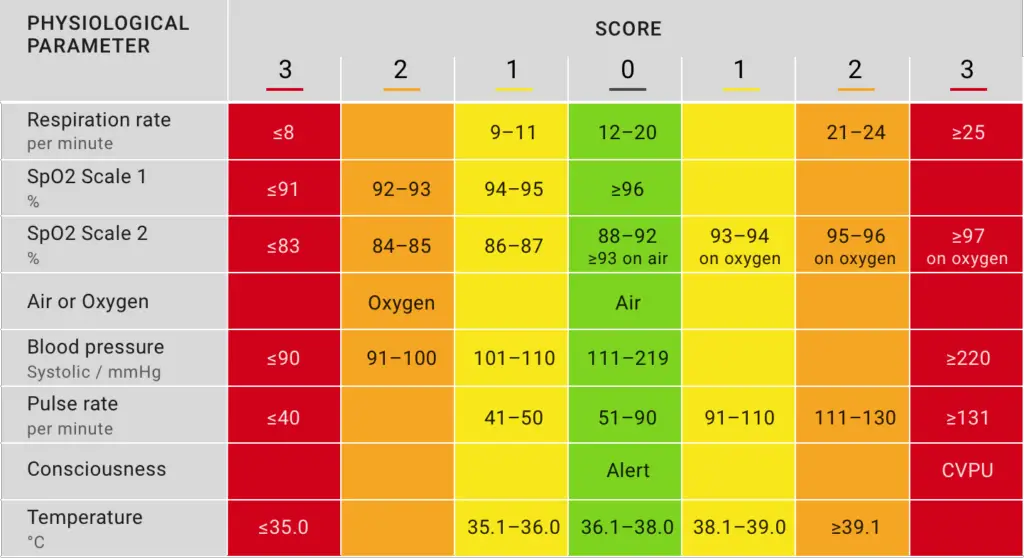
5) Review all the scans and blood tests that have been ordered and write it on a new sheet in the patient file- each patient has their own physical file and it will be helpful to turn a few pages back to see if any scans or blood tests were ordered and if so, have they been reviewed.
When requesting scans make sure to fill the box with relevant patient history and why you think the patient needs the scan. Do not leave that box empty or else you may get an unpleasant phone call from the scanning department or the request for scan could be denied.
6) Bladder scan – Sometimes we are required to scan the bladder to check if there is any urinary retention. There is no need to request an USG scan on the application system, but this is a bed side scan that can be done by nurse. A scan result showing residual volume of more than or equal to 500ml is an indication for urinary catheterisation
7) Practical skills– As a foundation year doctor you will be expected to know a few core procedures like placing a cannula, drawing bloods, arterial blood gases, venous blood gases, blood culture, urinary catheterisation (especially male). In the hospital I worked at, the doctors would be called to catheterise male patients. The nurses would call the doctors only for difficult female catheterisations. Knowing how to do a Lumbar puncture is an added bonus.
8) Different vaccutainers – There are different coloured vaccutainers for different blood tests. For example; gold for urea and electrolytes, purple for cbc and so on. The forms that you will print out to place in the clear bags with blood sample will usually indicate the colour of vaccutainers to be used.
9) ABG machine – You will take the abg sample syringe with you to the machine. The machine will probably need a username and password. You will also be required to input patient name and file number. The machine will squeeze a few drops of blood from the syringe for analysis. A receipt – like test result will be generated which can then be assessed and clipped in the patient file. A sample abg result looks like this
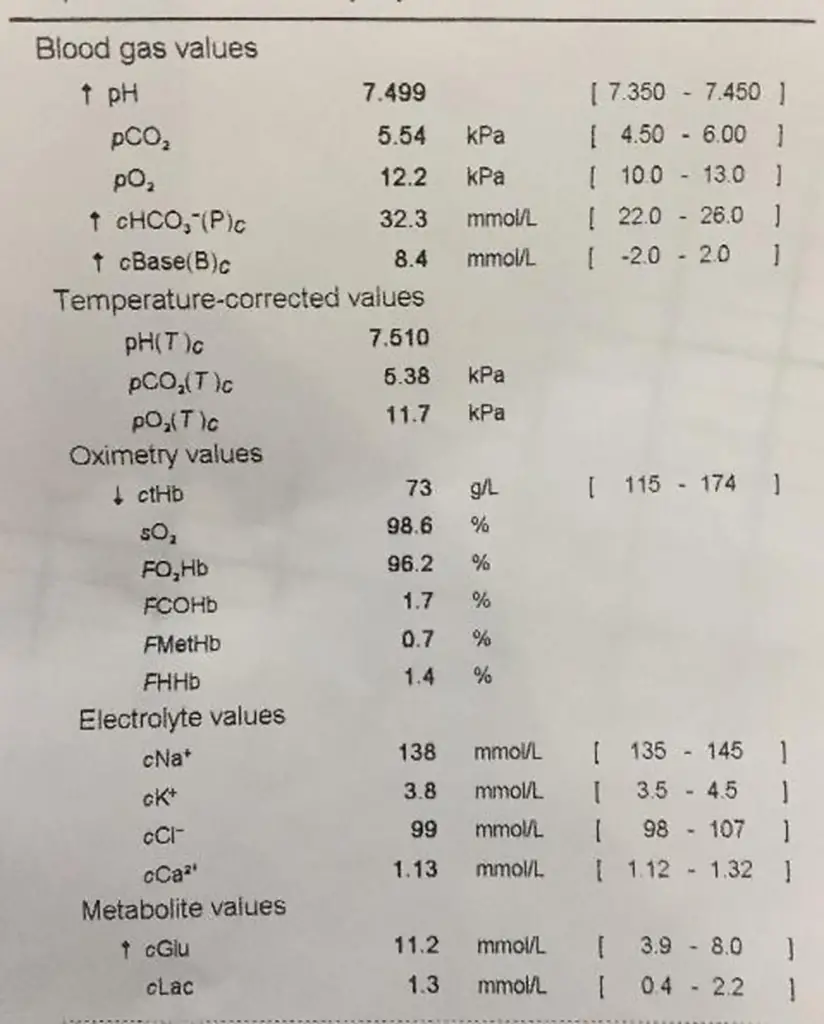
10) Blood test for group and save will require blood samples from 2 different sites at 2 different times. This is a safety measure to improve patient safety and to avoid fatal errors.
We hope that the insights and advice shared within these pages have been beneficial in preparing you for the challenges that lie ahead. The foundation years are a time of tremendous growth, both personally and professionally, as you gain invaluable experience and contribute to the well-being of your patients. Remember to prioritize self-care and seek support when needed, as maintaining your own physical and mental well-being is crucial for providing optimal care to others. Embrace the opportunities for learning, collaborate with your colleagues, and never lose sight of the passion that led you to pursue a career in medicine. The NHS is a remarkable institution, and as a foundation doctor, you are part of a dedicated team working tirelessly to improve the health and lives of countless individuals. We wish you all the best on your journey and have full confidence in your ability to make a positive impact in the lives of your patients. Good luck, and may you find fulfillment and success in your noble pursuit of healing and caring for others.
